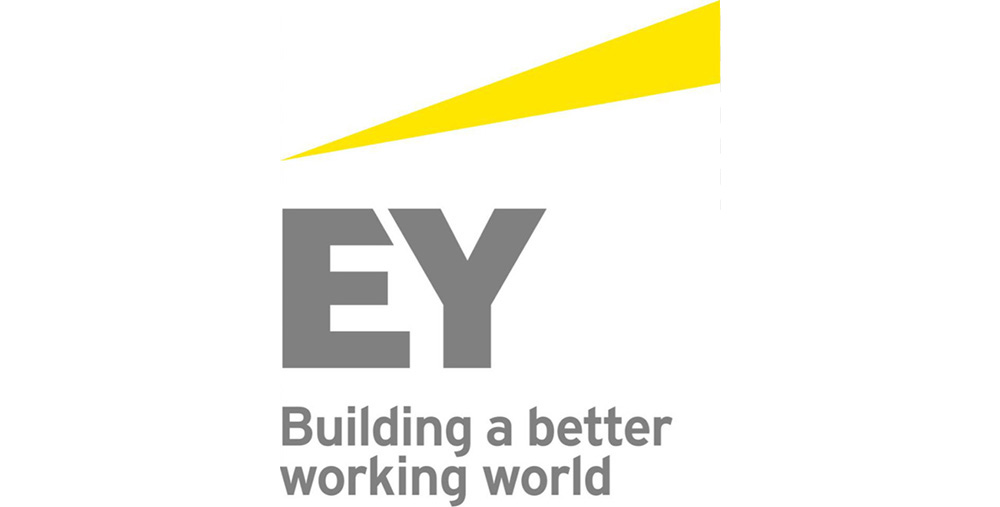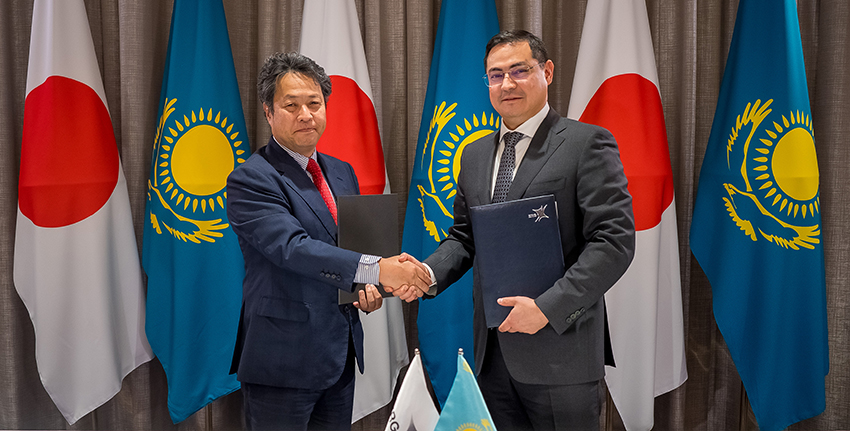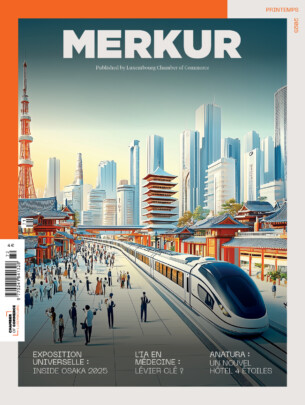
EY is pleased to present the fourth edition of its Luxembourg Attractiveness Survey – a widely recognized study to assess what makes the country competitive on an international level and the main barriers to growth as perceived by (potential) investors.
At the European level, the study has been serving as a benchmark for over 20 years. It uncovers both the reality of foreign direct investment (FDI) in the country through the analysis of investments that create new facilities and jobs, and the perceptions of international decision-makers via a survey.
“Now in its fourth year, we have more of a story to tell,” says Olivier Coekelbergs, EY Luxembourg Country Managing Partner. “The first year of research was a real journey of exploration, not having a standard against which to measure the results.” Moreover, the research captured foreign direct investment data from 2021, a year where investment was impacted by the pandemic. The second year was similar to the first – there was now a benchmark, but one year’s worth of data was insufficient to uncover persistent trends. The third survey took place on the other side of national elections – perhaps a bit too soon to measure the true impact of newly launched government initiatives. Research in year four has taken place amidst an uncertain geopolitical situation which has knocked FDI and the investment outlook across the globe, and to a certain extent in Luxembourg too.
Economic and geopolitical woes take toll on European FDI in 2024
FDI in Europe dropped by 5% to 5,383 projects – the second year in a row of decline and the lowest in nine years. Projects announced by US investors fell by 11% compared to 2023 and by 24% from 2022. For the first time since 2018, France, the UK, and Germany collectively attracted less than half of Europe’s FDI, with double-digit percentage decreases in France (-14%), the UK (-13%) and Germany (-17%). However, Spain, now the fourth-largest country for FDI (+15%), and Italy (+5%) illustrate Southern Europe’s competitiveness.
Unfortunately, investment in manufacturing projects dropped 9% – the lowest since 2020. Further, industrial activity projects announced by US investors 21%. Looking at other FDI activities, business services projects experienced a 9% reduction, while FDI in the software and IT services sector – historically the largest investment area in Europe – declined 17%. Aside from all this doom and gloom, signs of growth are emerging in niche sectors like semiconductors, defense, and pharmaceuticals.
R&D investments are evident in AI, energy, pharmaceuticals, and semiconductors, though modest.
Luxembourg FDI muted despite “biggest ever intentions to invest” last year
Despite “biggest ever intentions to invest” last year, Luxembourg FDI has dropped from 36 in 2023 to 33 in 2024. Investment is skewed toward business services, which account for 55% of all projects – more than double that of Europe. Headquarter operations (15%) and logistics (12%) follow, while manufacturing represents only 9% of activity. FDI in the finance sector declined 5% in Europe, yet Luxembourg experienced a 20% increase – reinforcing its status as a premier destination for finance (namely investment funds). Finance accounted for 36% of all Luxembourg FDI projects in 2024, followed by business and professional services (15%) and software and IT services (15%).
Non-European companies find Europe less attractive than the US and China
Only 62% of investors expect Europe’s attractiveness to improve over the next three years – down from 75% – while expectations are considerably higher for the US (74%) and China (67%). Further, 37% of respondents have postponed, scaled back, or canceled investment plans in the region.
Luxembourg perceptions of attractiveness fairly stable, while plans to invest decline
Intent to invest in Luxembourg dips slightly from 60% to 56%, while plans to expand operations in Luxembourg declined sharply from 72% to 57%. Luxembourg now ranks 13th in attractiveness, just behind Belgium and Italy. Positively, however, Luxembourg has among the highest proportion of investors in Europe who have not postponed, canceled, or scaled back their investment plans.
Other key takeaways include:
- Finance is expected to remain the leading growth engine in Luxembourg, but talent remains a critical bottleneck. Investors cite complexities around frameworks for newly relocated staff and challenges in attracting and retaining talent.
- Investors say Luxembourg must prioritize support for strategic industries like cleantech, AI, and defense to stay competitive. Almost half (45%) of investors say Luxembourg needs greater regulatory flexibility for emerging sectors like AI and fintech.
- Luxembourg’s tax environment is seen positively – 53% of investors reported a positive impact on business decisions from recent tax changes. Tax predictability and certainty are ranked as the second-highest priority, after simplification of tax codes and compliance procedures.
- Forty-one percent (41%) of Luxembourg-based investors identify enhancing expertise in technology, engineering, and energy as a priority, higher than the European average of 34%.
Increasing workforce productivity is considered the second most important talent concern.
For a complete view of the results, download our report here:
https://www.ey.com/en_lu/insights/financial-services/luxembourg-attractiveness-survey






